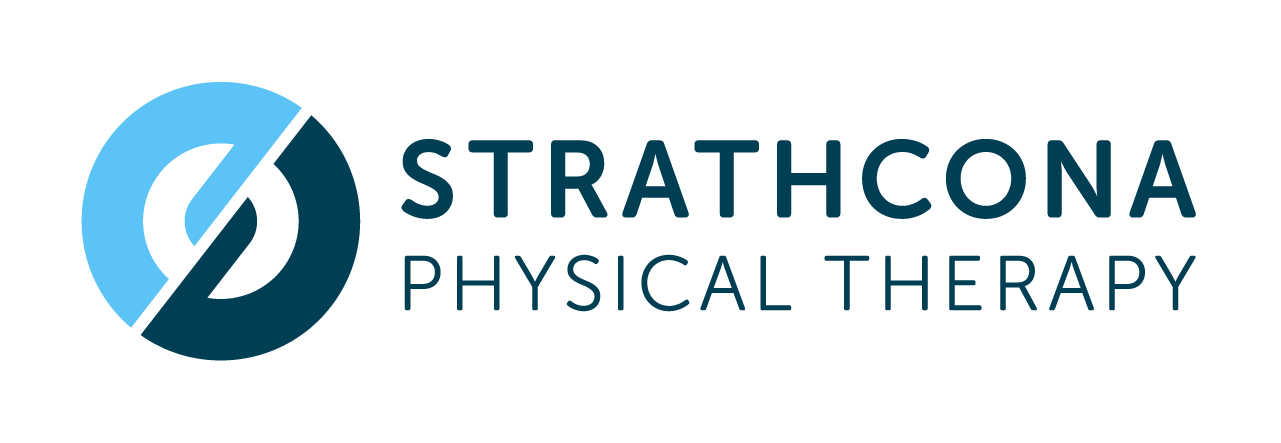Harnessing Muscle Power: How Contractions Fuel Nerve Regeneration After Injury
Peripheral nerve injuries can significantly impact an individual's quality of life, affecting mobility, sensation, and overall functionality. Emerging research underscores the vital role of muscle contractions in promoting nerve regeneration during rehabilitation.
The Role of Muscle Contraction in Nerve Regeneration
Muscle contractions stimulate the release of neurotrophic factors—proteins that support neuron growth and survival. These factors enhance the regeneration of damaged nerves, facilitating the re-establishment of neural connections. A study published in Advanced Healthcare Materials by MIT researchers developed a hydrogel-based platform that simulates the mechanical forces experienced by muscle cells during exercise. Their findings revealed that such mechanical stimulation alone can align muscle fibers and enhance neuromuscular communication.
Common Peripheral Nerve Injuries and the Importance of Muscle Contraction
Peripheral nerve injuries can result from various causes, including trauma, compression, and systemic diseases. Common examples include carpal tunnel syndrome, ulnar nerve entrapment, and peroneal nerve injury. In these conditions, muscle contraction plays a crucial role in rehabilitation. Engaging the affected muscles through controlled contractions helps prevent atrophy, maintain joint mobility, and promote nerve regeneration. Functional electrical stimulation (FES) is often utilized to induce muscle contractions, facilitating recovery in patients with peripheral nerve injuries.
Supporting Evidence from Recent Studies
Further research corroborates these findings. A 2022 study in Biomolecules demonstrated that electrical stimulation of muscles post-nerve injury promotes nerve regeneration and functional recovery. The study highlighted that muscle contractions induced by electrical stimulation release growth factors that aid in nerve repair.
Additionally, a review in Diagnostics emphasized the importance of physical exercise in peripheral nerve repair. The authors noted that exercise-induced muscle contractions enhance blood flow and nutrient delivery to injured nerves, creating an optimal environment for regeneration.
Implications for Rehabilitation
Incorporating muscle contraction exercises into rehabilitation programs is crucial for optimal recovery after peripheral nerve injuries. Techniques such as functional electrical stimulation (FES) can induce muscle contractions, promoting nerve regeneration and improving functional outcomes. A comprehensive rehabilitation plan that includes targeted muscle activation exercises can significantly enhance the healing process and restore functionality.
In conclusion, muscle contractions play a pivotal role in nerve regeneration following peripheral nerve injuries. Integrating muscle activation exercises into rehabilitation protocols, supported by emerging research, offers a promising approach to improving recovery outcomes and enhancing patients' quality of life.
References
Juckett, L., Saffari, T. M., Ormseth, B., Senger, J.-L., & Moore, A. M. (2022). The effect of electrical stimulation on nerve regeneration following peripheral nerve injury. Biomolecules, 12(12), 1785.
Khan, M. A., Fares, H., Ghayvat, H., Brunner, I. C., & Puthusserypady, S. (2023). A systematic review on functional electrical stimulation based rehabilitation systems for upper limb post-stroke recovery. Frontiers in Neurology, 14, 108.
Pereira, S., Mehta, S., McIntyre, A., Lobo, L., & Teasell, R. W. (2012). Functional electrical stimulation for improving gait in persons with chronic stroke. Topics in Stroke Rehabilitation, 19(6), 491–498.
Pool, D., Valentine, J., Bear, N., Donnelly, C. J., & Elliott, C. (2015). The orthotic and therapeutic effects following daily community applied functional electrical stimulation in children with unilateral spastic cerebral palsy: A randomised controlled trial. BMC Pediatrics, 15, 154.
Bosques, G., Martin, R., McGee, L., & Sadowsky, C. (2016). Does therapeutic electrical stimulation improve function in children with disabilities? A comprehensive literature review. Journal of Pediatric Rehabilitation Medicine, 9(2), 159–172.
Singleton, C., Jones, H., & Maycock, L. (2019). Functional electrical stimulation (FES) for children and young people with cerebral palsy. Paediatrics and Child Health, 29(12), 528–533.
National Institute for Health and Care Excellence. (2009). Functional electrical stimulation for drop foot of central neurological origin. NICE Interventional Procedures Guidance, 278.
Kralj, A., Bajd, T., & Turk, R. (1988). Enhancement of gait restoration in spinal injured patients by functional electrical stimulation. Clinical Orthopaedics and Related Research, 233, 34–43.
Graupe, D., Davis, R., Kordylewski, H., & Kohn, K. (1996). Ambulation by traumatic T4-12 paraplegics using functional neuromuscular stimulation. Critical Reviews in Neurosurgery, 6(4), 231–238.
Nash, M. S., Jacobs, P. L., Montalvo, B. M., Klose, K. J., Guest, B., & Needham-Shroshire, M. (1997). Evaluation of a training program for persons with SCI paraplegia using the Parastep®1 ambulation system: Part 5. Lower extremity blood flow and hyperemic responses to occlusion are augmented by ambulation training. Archives of Physical Medicine and Rehabilitation, 78(8), 808–814.
Gater, D. R., Dolbow, D., Tsui, B., & Gorgey, A. S. (2011). Functional electrical stimulation therapies after spinal cord injury. NeuroRehabilitation, 28(3), 231–248.
Popovic, M. R., Keller, T., & Thrasher, T. A. (2002). Modular transcutaneous functional electrical stimulation system. Medical Engineering & Physics, 24(3), 149–159.
Thrasher, T. A., Flett, H. M., & Popovic, M. R. (2006). Gait training regimen for incomplete spinal cord injury using functional electrical stimulation.
